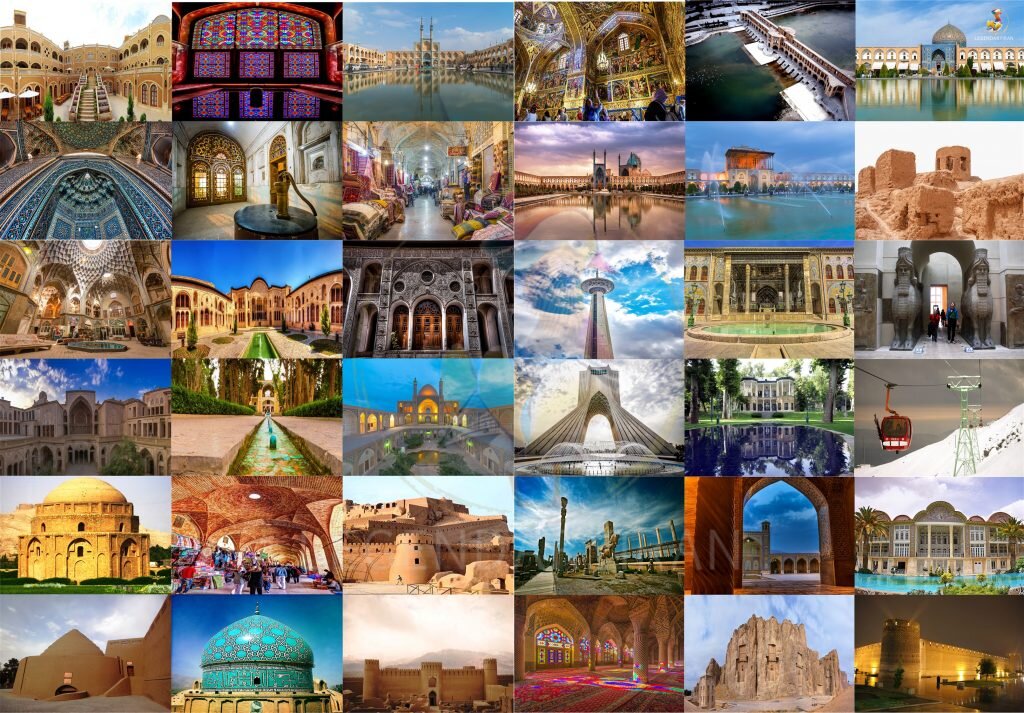Opportunities and challenges awaiting new minister of tourism and cultural heritage

As Iran stands on the cusp of forming its new cabinet, journalists and experts are urgently calling for the selection of a highly capable and adept minister to lead the Ministry of Cultural Heritage, Tourism, and Handicrafts.
The essence of their statement, which was written to the Iranian president-elect Masoud Pezeshkian, conveys a bold message that this ministry, crucial for preserving Iran’s immense cultural heritage and promoting its tourism potential, requires a leader who is not only skilled in management but also skillful at fostering dialogue and collaboration.
It recommends that “an ideal candidate must possess deep expertise and analytical skills” to ensure that he/she can effectively address the existing challenges and opportunities within each sector.
“The [new] minister should possess strong negotiation skills with other government bodies and all stakeholders in these triple areas… This will enable the ministry to restore and rebuild its human resources and specialized workforce, increase its [annual] budget, and avoid appointing unqualified directors to key positions,” part of the statement reads.
Here is a brief of points, priorities, and challenges that the future minister will face:
Preserving cultural heritage
There are numerous gaps in the conservation and restoration of historical sites. The new minister must address these deficiencies with practical, well-funded strategies to ensure the preservation of Iran’s invaluable cultural heritage.
Strong governmental connections
The future minister should have extensive connections within the government to secure necessary resources, facilities, and budgets for the ministry. These connections are vital for driving significant initiatives and ensuring the ministry's needs are met promptly and effectively.
Advocacy for tourism over oil revenues
The new minister must be influential in advocating for increased governmental action in tourism, positioning it as a viable alternative to the country’s dependence on petrodollars. This shift could provide a sustainable economic boost and diversify Iran’s income sources.
Making domestic tourism accessible
A crucial priority is to make domestic tourism accessible to all social strata, removing its current perception as a relative luxury. This goal should move beyond rhetoric and be felt tangibly by the populace. That’s because affordable tourism can lead to widespread economic benefits through wealth distribution.
Take advantage of visa-free travel
While last year’s announcement of visa-free travel for citizens of 28 countries is promising, it is merely the first step. The new minister must ensure that this policy is actively promoted, and Iran is effectively introduced to potential tourists from these nations. Moreover, addressing infrastructural challenges like the lack of direct flights will make travel to Iran more feasible.
Building neighborly tourism relations
Though considerable efforts have been made so far to establish stronger tourism bonds with the neighboring countries, there is still a long way to go. In a nutshell, facilitating easier travel and promoting Iran’s cultural richness to these nations can foster regional solidarity and increase tourist inflows.
Tourism infrastructure
The absence of primary infrastructure such as direct flights deters many potential visitors from visiting the country. The new minister should prioritize attracting investments in both air and ground transportation as well as in international-standard accommodation facilities. In that regard, the new minister should sharpen the focus on reducing barriers for foreign investors, which currently include bureaucratic hurdles among other uncertainties.
Iran’s image abroad
A barrier to rising tourism is false images of Iran that are constantly broadcast to some Western media. The ministry must develop robust programs to promote Iran’s safety and tourist attractions through international media and active participation in global tourism events. Collaborative efforts between the government and the private sector are crucial to this endeavor.
Diversifying tourism offerings
There are countless destinations that are always visited by domestic and international travelers. But the country’s tourism industry should capitalize on its diverse offerings. For instance, the potential of marine tourism in the Persian Gulf, the Sea of Oman, and the Caspian Sea remains untapped. Similarly, the vast deserts of Iran offer tremendous opportunities for ecotourism, which is currently underutilized. The minister should foster new tourism ventures and infrastructure to exploit these unique attractions.
Medical tourism updates
Due to its skilled medical professionals and cost-effective services, Iran has substantial potential in medical tourism. However, this sector lacks a cohesive, regulated system. The new minister should implement a structured approach to streamline medical tourism and ensure all stakeholders, including patients and service providers, benefit.
Innovative technologies
Embracing new technologies and innovative approaches in tourism management and marketing is imperative. This includes adopting more digital tools for better service delivery and promotion.
Supporting the handicrafts sector: finally, the handicrafts sector faces significant challenges, from the livelihoods of artisans to export issues. The minister should develop targeted initiatives to support artisans and promote Iranian handicrafts on the global stage.
In conclusion, the appointment of a minister who embodies these qualities and priorities will be a decisive step towards revitalizing Iran’s cultural heritage, tourism, and handicrafts sectors. This, in turn, can contribute significantly to the nation's economic and cultural prosperity.
AFM
Leave a Comment